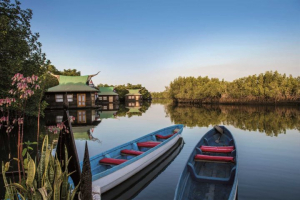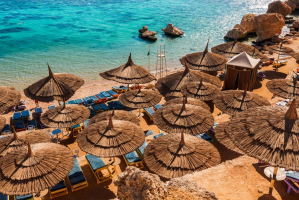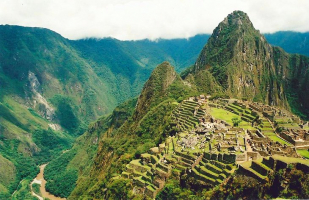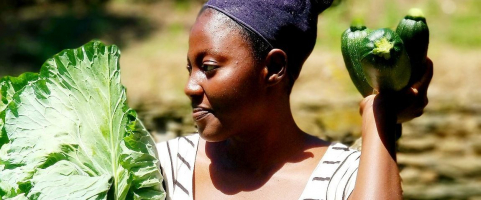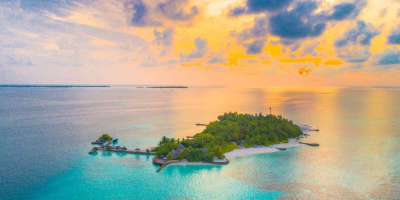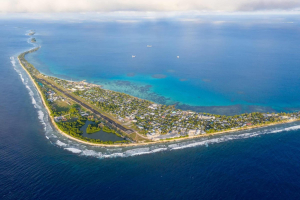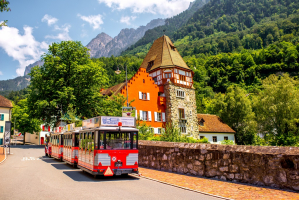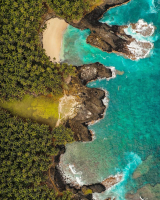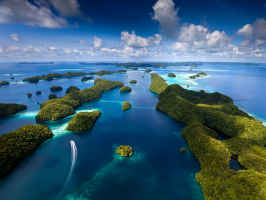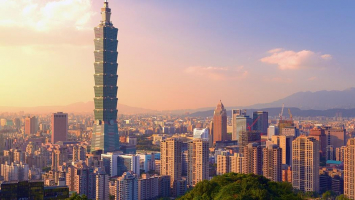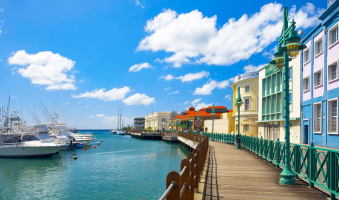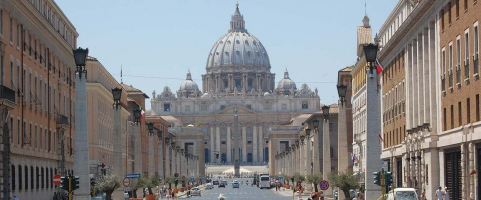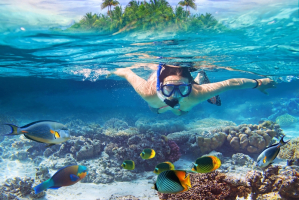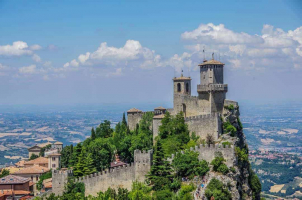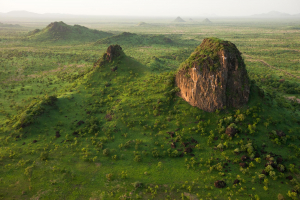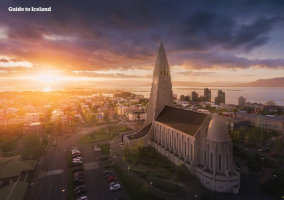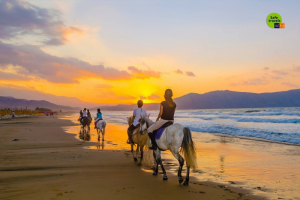Top 10 Things You Should Know about Namibia
Namibia is a country of extreme natural beauty. However, the country is not a classically popular African destination and it somehow still sees far fewer ... read more...visitors than its neighbour, South Africa. Still, traveling to Namibia is incredibly rewarding with awe-inspiring landscapes, abundant wildlife, friendly people and a relatively safe reputation. Here are some things you should know about Namibia.
-
The Namib Desert, one of the world's oldest and largest, stretches inland from the Atlantic Ocean, encompassing large swaths of Namibia as well as parts of Angola and South Africa. This arid ecoregion is made up of shifting sand dunes, gravel plains, and rugged mountains. The Namib Desert, the world's oldest desert, has existed for at least 55 million years, with no surface water but many dry riverbeds.
Surprisingly, this arid hotspot supports a diverse range of plants and animals, some of which are unique to the world. In these vegetated riverbeds, a few ungulates, such as Hartmann's zebras, live. The south of the desert is very dry, with no dry riverbeds; the gemsbok is the only large mammal that can survive in this harsh climate. An interesting fact about Namibia is that thick fogs are common along the coast, and they are the desert's lifeblood, providing enough moisture for a variety of interesting, well-adapted animal species to thrive.

britannica.com 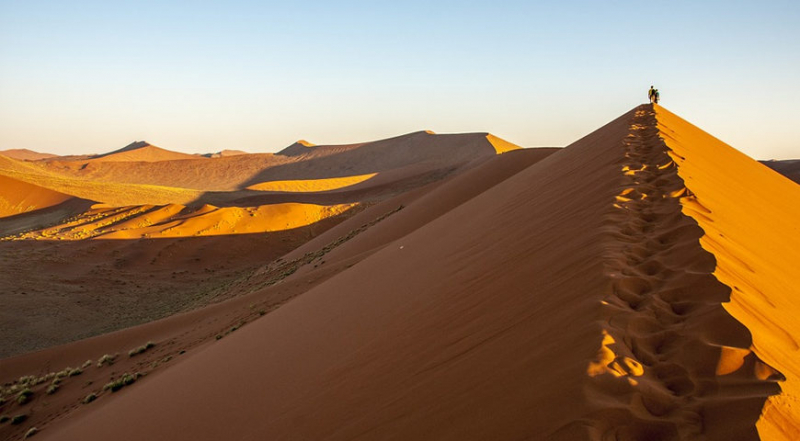
africatravelco.com -
One of the things you should know about Namibia is that it has a remarkable diversity of spoken languages: approximately 30 in total. More than 11 languages are indigenous to Namibia, but due to its cosmopolitan culture, languages from all over the world are spoken there. In fact, English is the official language; however, English is only spoken by a small percentage of the population. The majority of Namibians are Afrikaans speakers. In fact, the language is spoken in the majority of South African countries.
Since the Germans colonized Namibia, they were able to instill their cultures, traditions, and languages in the Namibian people. Germany's colonial rule had a significant impact on Namibians, even influencing them to speak German. It is spoken by approximately 32% of the population. That percentage demonstrates that Germany was able to instill their ways and have a significant influence on Namibians. This also implies that if you speak German, you will have an easier time communicating with the locals.
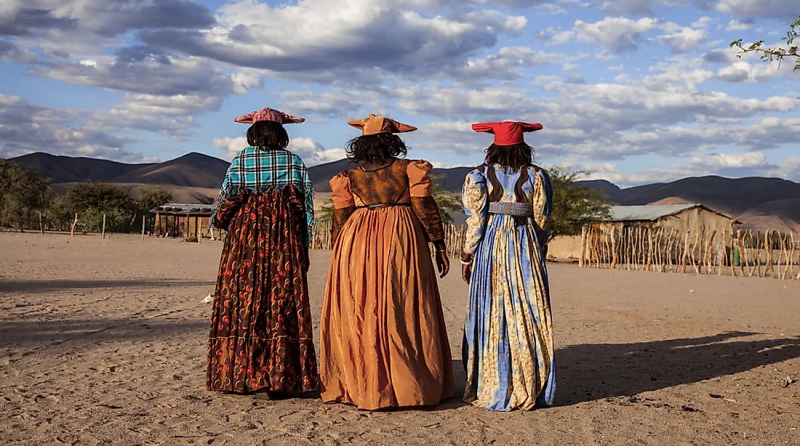
worldatlas.com 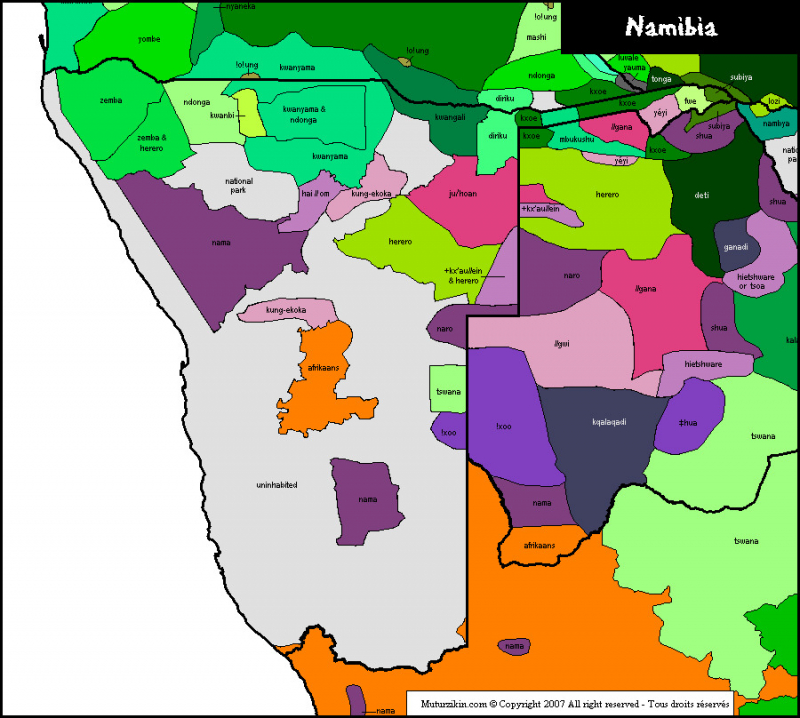
muturzikin.com -
Dune 7 is one of many sand dunes in Namibia's Namib Desert, which stretches for over 2000 kilometers along the Atlantic coast. The dune stands 383 meters tall, making it the world's tallest sand dune. It's called Dune 7 because it's the seventh dune you'll encounter after passing through the nearby Tsauchab River. The Namib Desert is the world's oldest desert and offers numerous adventure opportunities.
Climbing this dune early in the morning to see the sunrise from the top is one of Namibia's most incredible experiences. Dune 7 provides a breathtaking view of the valley below. Some claim that the view from the top in the evening can be otherworldly, with the valley bottom below resembling a "moonscape." This location is a photographer's paradise because the lighting changes throughout the day and night, causing shadows and colors to shift constantly. Sossusvlei's dunes are known as "star dunes" because the wind blows from three directions, causing the sand to form star shapes. This also means that the dunes tend to stay in one place rather than drift with the prevailing wind.
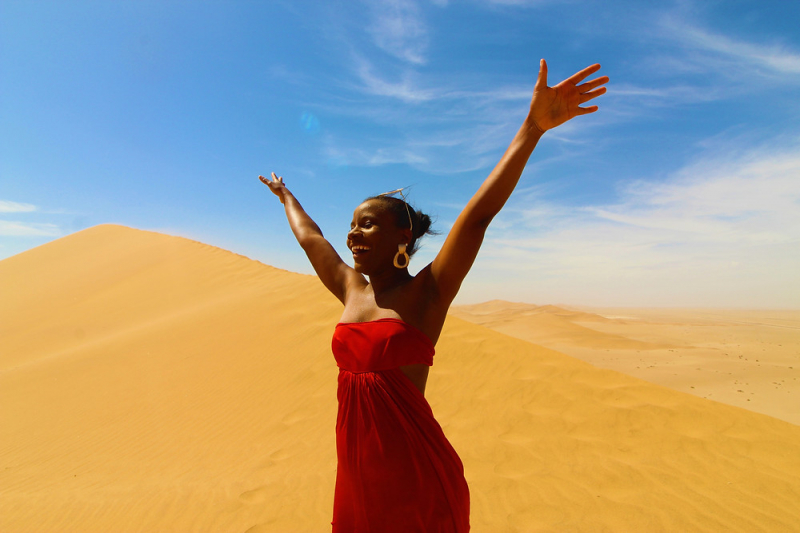
modeobserver.co.uk 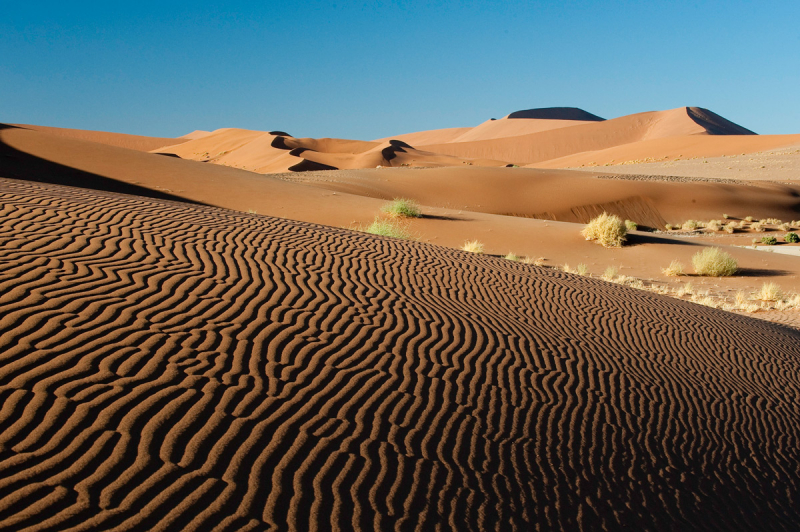
swaindestinations.com -
Namibia is home to the world's largest meteorite shower. The majority of the meteors have fallen in an area 275 by 100 kilometers south-east of Gibeon. The majority of the debris landed southeast of Gibeon. To date, 120 specimens weighing nearly 25 tons have been recorded. In fact, an unknown number have been collected but never recorded in Namibia.
The Gibeon meteorite shower occurred in central Namibia during prehistoric times. The Nama-speaking population resident in the Gibeon area knew these hard metal pieces very well and made arrow heads, tools and even bullets from them. When it comes to exciting Namibia tours, the Gibeon Meteorite Shower is the most vibrant of them all. The Gibeon Meteorites that remained in Namibia can be seen in Windhoek at the Post Street Mall, and the smaller pieces can be seen at the Geo.
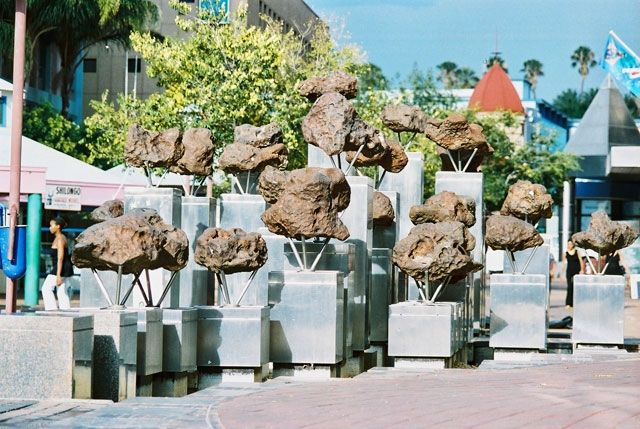
pinterest.com 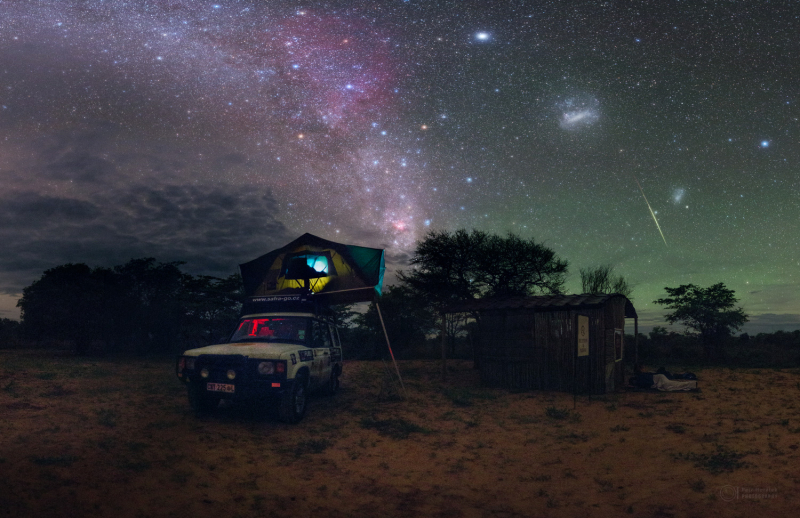
petrhoralek.com -
Namibia has over 1,200 rock art sites spread across the country. The majority of these sites appear to correspond with the hunter-gatherer art tradition found throughout southern Africa, with some regional differences. Twyfelfontein's rocky outcrops contain exceptional Bushmen engravings, which are thought to be some of the best-preserved etchings on the continent. Visit Namibia's only UNESCO World Heritage Site, which is conveniently located in the Kunene region of northwestern Namibia.
Twyfelfontein was designated a National Monument in 1952 and is home to Africa's most extensive collection of rock art, with over 2500 distinct rock carvings and paintings on 212 slabs of rock, as well as 13 additional art rock slabs, some of which are estimated to be over 6000 years old. Visits to the art sites are best viewed in the late afternoons on guided walks that include a stop at the visitors center, which features architecture that exudes recycled material, is easily dismantled, and seamlessly blends into the red sandstone of the environment. .
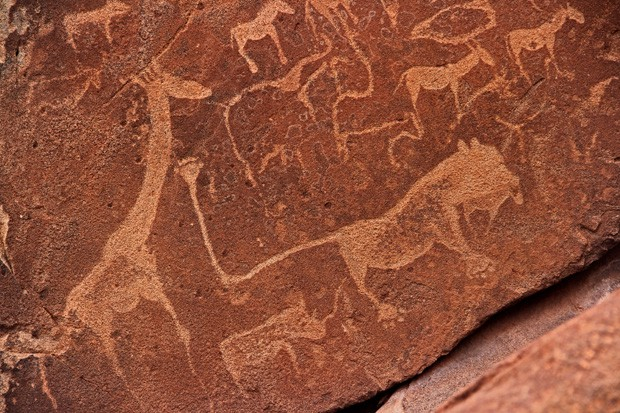
namibiatourism.com 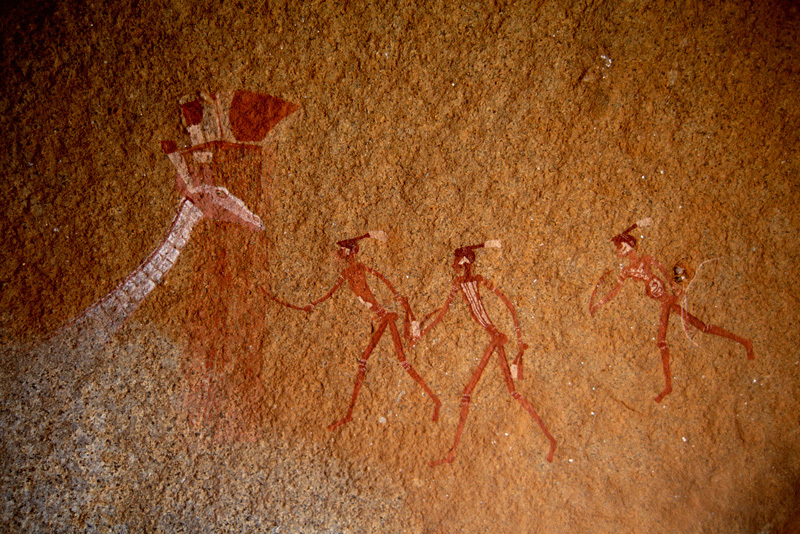
africanrockart.org -
The Fish River Canyon, near the border with South Africa, is the world's oldest canyon and one of the things you should know about Namibia. The canyon was formed at least 500 million years ago by water and wind erosion combined with valley floor collapse, according to researchers. It is the world's second largest canyon, after the Grand Canyon in the United States.
Visitors to the canyon can embark on an unguided 4- to 5-day hike through the canyon, sleeping under the stars. The Fish River Canyon hiking trail is 85 kilometers (52.8 miles) long, and interested hikers must book ahead of time. Hiking through the Fish River Canyon is an incredible experience, and experienced hikers will appreciate the opportunity to explore the canyon while being so close to nature. Bookings must be made well in advance because the canyon has a daily limit of 30 people. The trail is only open for hiking between May 1st and September 15th, and a group of three hikers is required.
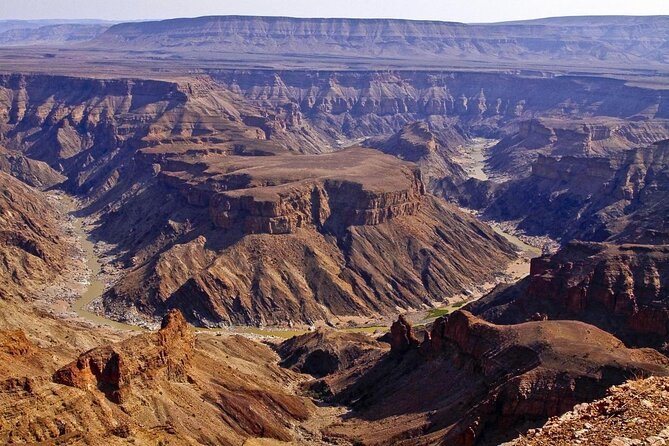
viator.com 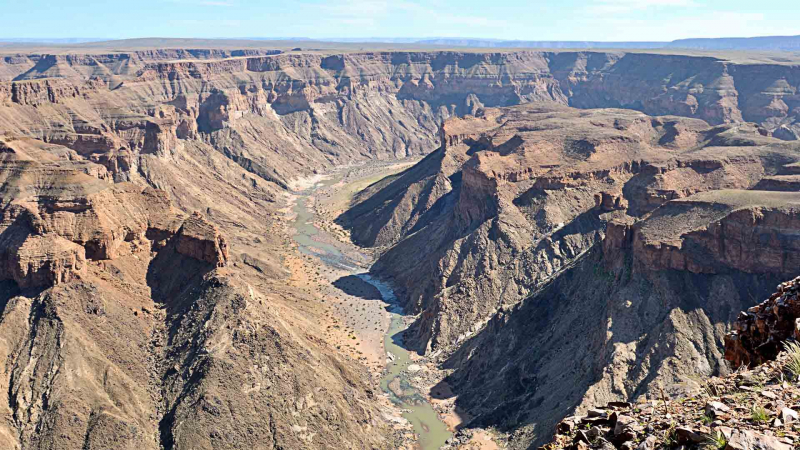
naturalworldsafaris.com -
The Skeleton Coast, one of the things you should know about Namibia, is a ship graveyard with the ghostly remains of vessels that have lain there for years. The Skeleton Coast begins at the mouth of the Ugab River and extends up to the Kunene River near the Angolan border. Many consider the ship graveyard, known as Skeleton Coast National Park (named in 1973), to be the world's largest ship graveyard.
Due to the occurrence of impenetrable fogs and storms, various ships have become stranded, causing it to become a vessel graveyard. Skeleton Coast gets its name from the remains of whale and seal bones left behind by the whaling industry on the coast. Furthermore, the remains of stranded vessels on the coast contributed to the name's popularity. The desolate coastline is still known as the world's largest ship graveyard to this day. The Cape Cross Seal Reserve attracts the majority of visitors.
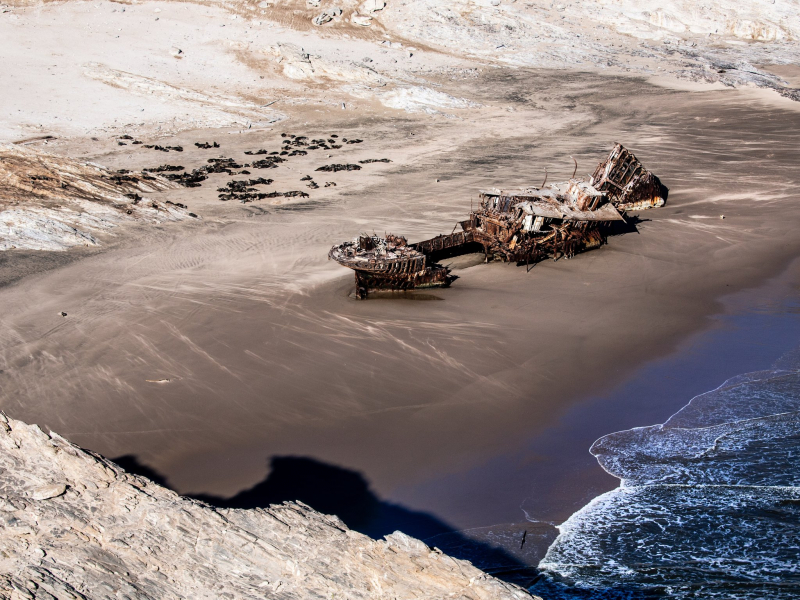
nytimes.com 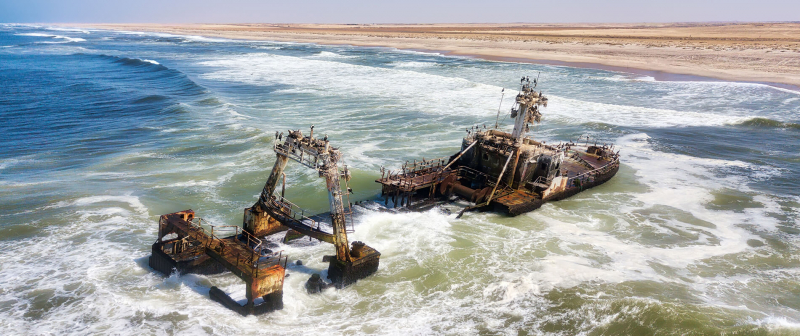
mybestplace.com -
Namibia was inhabited for thousands of years by the distinct San, Damara, Herero, and Nama Bushmen cultures until the 19th century. The most well-known of these groups, the San Bushmen, are also the region's oldest indigenous inhabitants (Botswana, Namibia, and South Africa), living as nomadic hunter-gatherers. Then, as with many other African countries, Europeans arrived in the nineteenth century. Although Namibia was technically British territory, German colonists arrived on the coast at Valvis Bay in the 1880s and quickly took over the territory known as "South-West Africa" in Germany.
This occupation has made Namibia a completely unique country in the region; the majority of Namibia's architecture is German. There are German newspapers, and the majority of the population speaks German as one of their primary languages. However, as with most African colonial empires, the indigenous population was subjected to brutality. During the so-called Herero Rebellion, which lasted from 1904 to 1907, the local Herero and Namaqua tribes took up arms against the colonialists, resulting in what has been dubbed "the first genocide of the twentieth century." German government officials ordered the annihilation of the Natives, wiping out half of the Namak population and 80 percent of the Herero population.
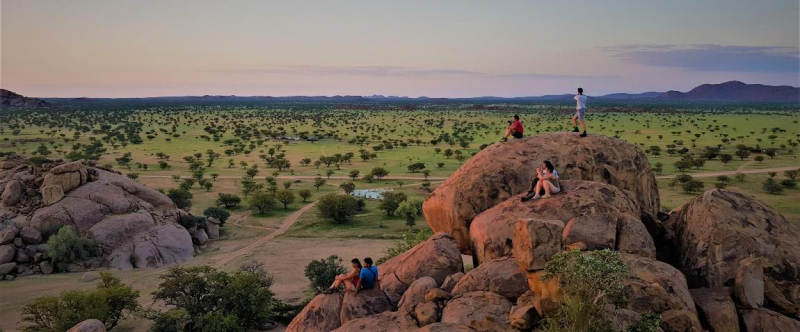
pickvisa.com 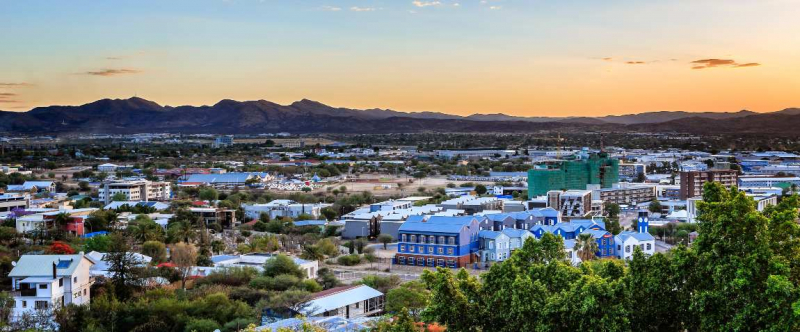
pickvisa.com -
Namibia's currency, the Namibian Dollar, is equivalent to the South African rand. If you are traveling to Namibia after visiting South Africa, this South African currency is accepted throughout Namibia. You can withdraw money from ATMs in Namibia using your international bank card. Many hotels, lodges, and restaurants in towns accept credit card payments, but you should carry enough Namibian currency to cover yourself for places that do not accept cards. You'll also need cash for park admission fees and tips.
Few petrol stations accept cards for payment of petrol, and while ATMs are usually available at larger stations, many smaller stations do not, so have enough currency in Namibia for filling up with petrol in rural areas. Euro, British Pounds, US Dollars and other major currencies may be traded locally. In addition, exchange facilities are available in the various offices of change and banks in the major cities of ATMs. It is best to request bank notes in smaller denominations, as it can often be difficult to get a change from large notes, and smaller notes are handy for smaller transactions.
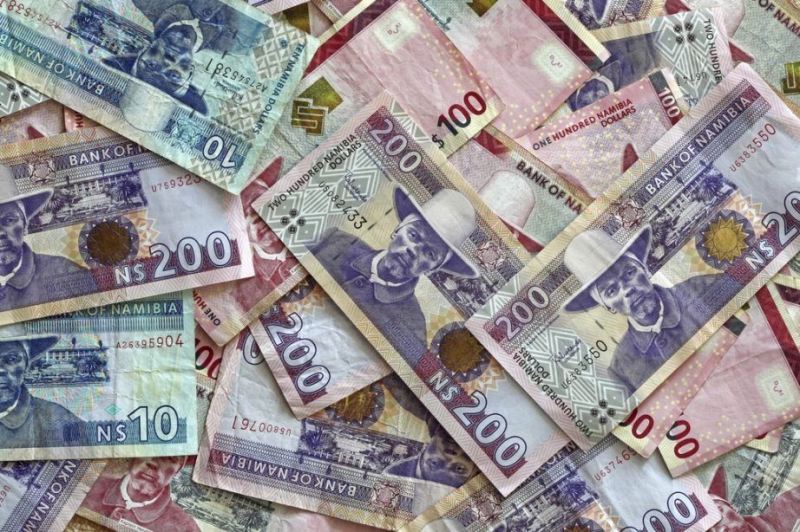
discoverafrica.com 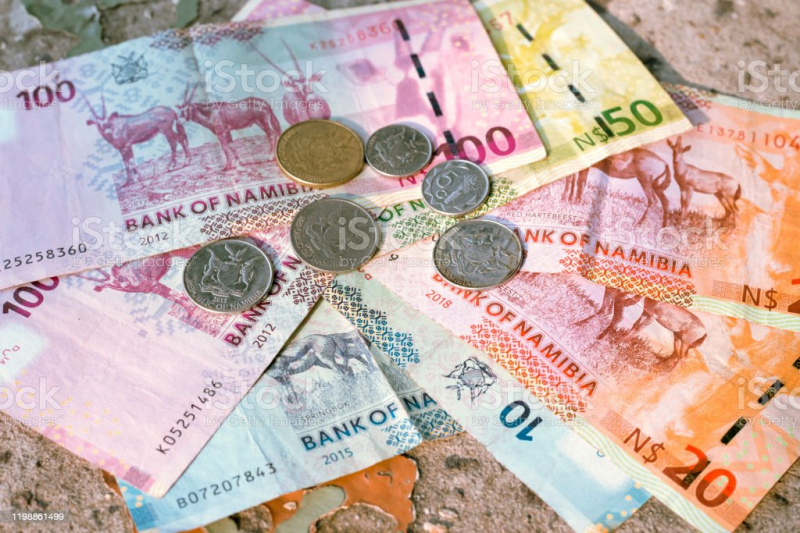
istockphoto.com -
Although the value of the Namibian Dollar (linked to the South African Rand) has fallen in recent years, visiting Namibia is not as inexpensive as you might think. Namibia can be an inexpensive travel destination in some cases. Basic necessities such as food and drink were inexpensive, as was living in cities and towns. Many national parks also have easy access to their entrances. However, as you travel deeper into Namibia's desert, prices skyrocket. You are advised to visit thrifty cities and use temporary housing services.
Alternatively, stay at many campsites if you have camping equipment. If you plan to drive on your own, be warned that gasoline prices are expensive. If you're traveling as a family of three or four people, the price person often goes down because kid's tickets are cheaper and hotel rooms can be shared. If you travel slower over a longer period of time then your daily budget will also go down. Two people traveling together for one month in Namibia can often have a lower daily budget per person than one person traveling alone for one week.
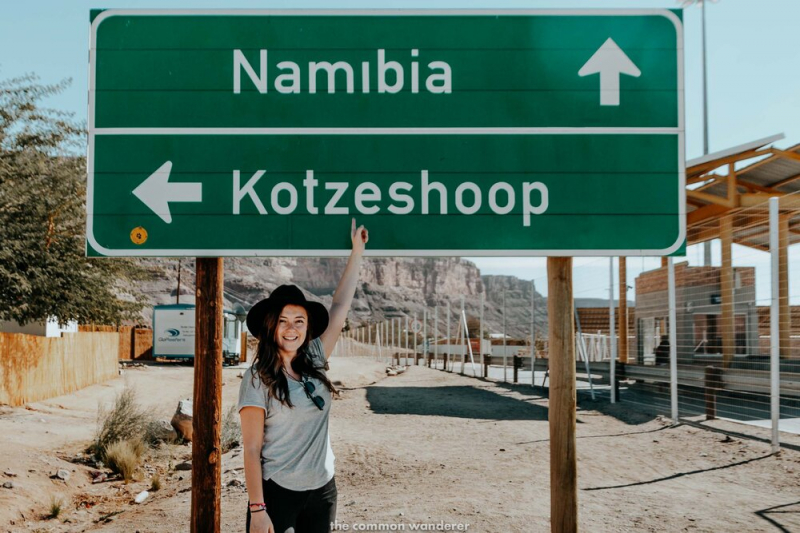
thecommonwanderer.com 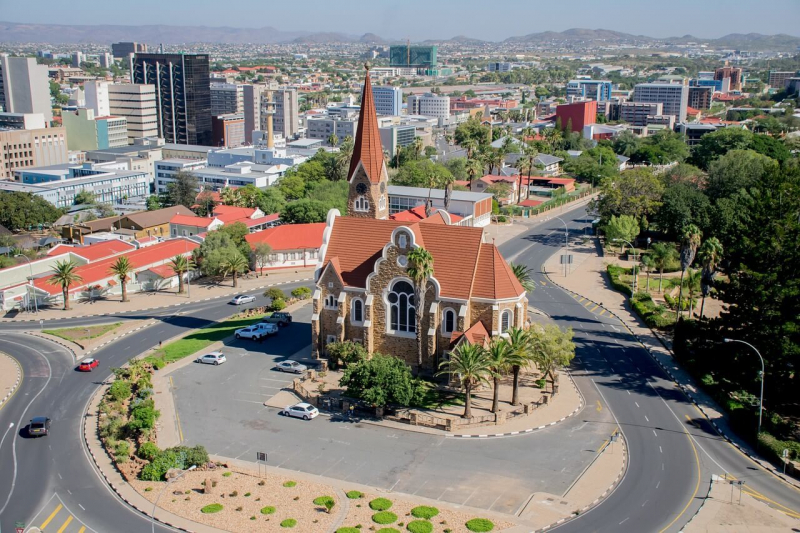
thebrokebackpacker.com












